The stench of death hung heavy in the air as lifeless bodies lay strewn across the shores of Saipan on June 15, 1944.
Major Richard T. Spooner vividly recalls the harrowing day when American forces stormed the beaches of Saipan, endeavoring to breach the steadfast Japanese defenses of the island garrison. “It was a campaign unlike any other,” he reflected.
During an interview at the American Memorial Park on Saipan in 2011, Major Spooner recounted the terror of that experience.
He described it as a truly terrifying ordeal, noting that many had already fallen before they even set foot on the sand while being transported to the beaches by tractors.
“We expected and hoped to remain in the amtracs and disembark onto the shore. However, nearly all of us were halted right at the water’s edge,” he recollected.
Upon reaching the shore, they were confronted with the chilling sight of corpses littering the beach.
“We landed—my unit was in the second battalion—on Green Beach. However, we landed on the incorrect portion of Green Beach, far to the left, and had to maneuver to the right,” he explained.
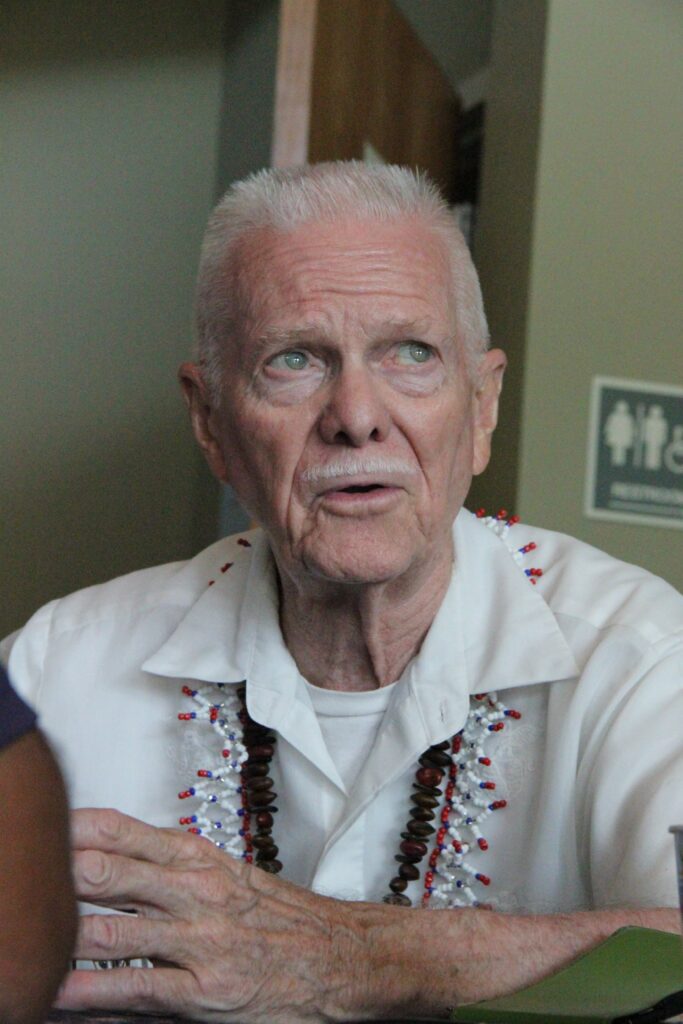
Describing the scene as “horrific,” Major Spooner recounted the grim sight of the beach strewn with bodies as they made their way to the correct sector. “There were as many American casualties as Japanese. They were intermingled—truly horrific!”
Even the combat photographs depicting the carnage on the beach, Major Spooner remarked, failed to capture the true extent of what they witnessed. “I know there were some photographs. But none of them depicted the beach as we saw it at that moment.”
As they advanced inland, Major Spooner emphasized that their primary concern was survival.
Despite their desperate desire to stay alive, Spooner recounted the necessity of swiftly moving forward, dropping to the sand, rolling, and then getting up to run again from a different position.
Running through the sand while laden with “a full load of gear, helmet, and weapons,” Major Spooner admitted, was no easy feat. “But eventually, we reached the correct section of the beach.”
The day they stormed the beaches and sought to reclaim the island from Japanese control, Major Spooner remarked, felt like “several lifetimes.”
Subsequently, they managed to secure the airstrip in Susupe, Chalan Kanoa.
On July 24, 1944, Spooner recounted their transfer to Tinian.
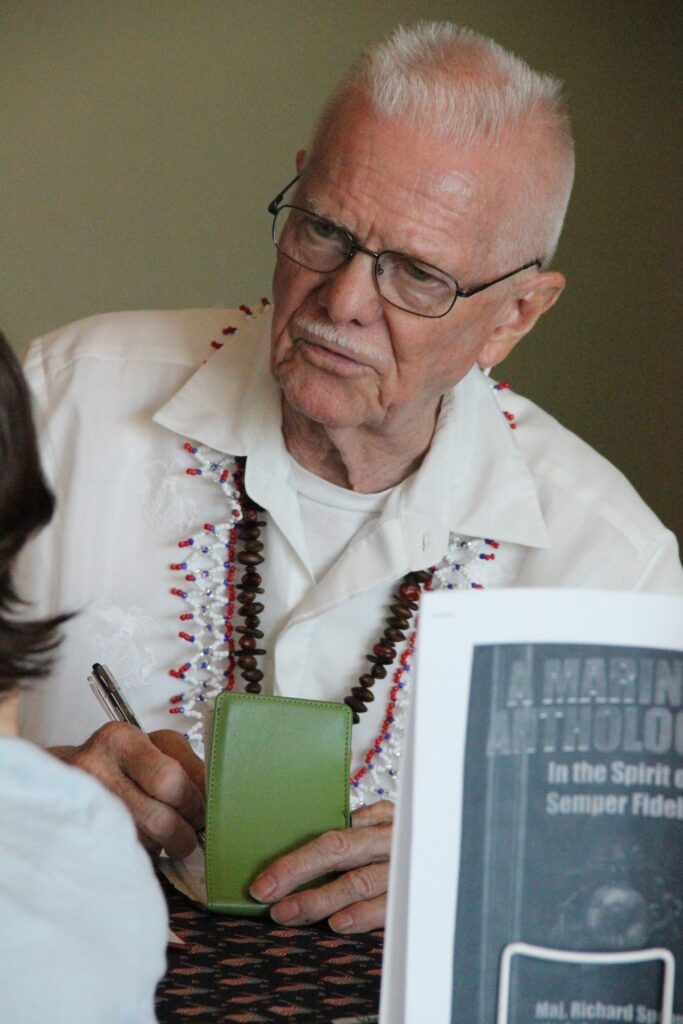
“We boarded the ship, which was quite exhilarating because we were able to shed our old clothes and were issued entirely new ones.”
He mentioned they had been wearing the same attire from June 15 to July 24, 1944. “So receiving new dungarees, socks, and underwear felt like a tremendous blessing. The Navy treated us exceptionally well, ensuring we had access to as much fresh water as possible for baths, showers, and hot meals. It was like paradise for a day or two.”
Returning to Saipan 67 years after his initial landing, Major Spooner was overcome with emotion. Gone was the acrid stench of death that had greeted them on the beach, where 3,100 Americans and nearly 30,000 Japanese soldiers had met their fateful ends.
“I believe the sacrifices made were indeed worthwhile,” he said.



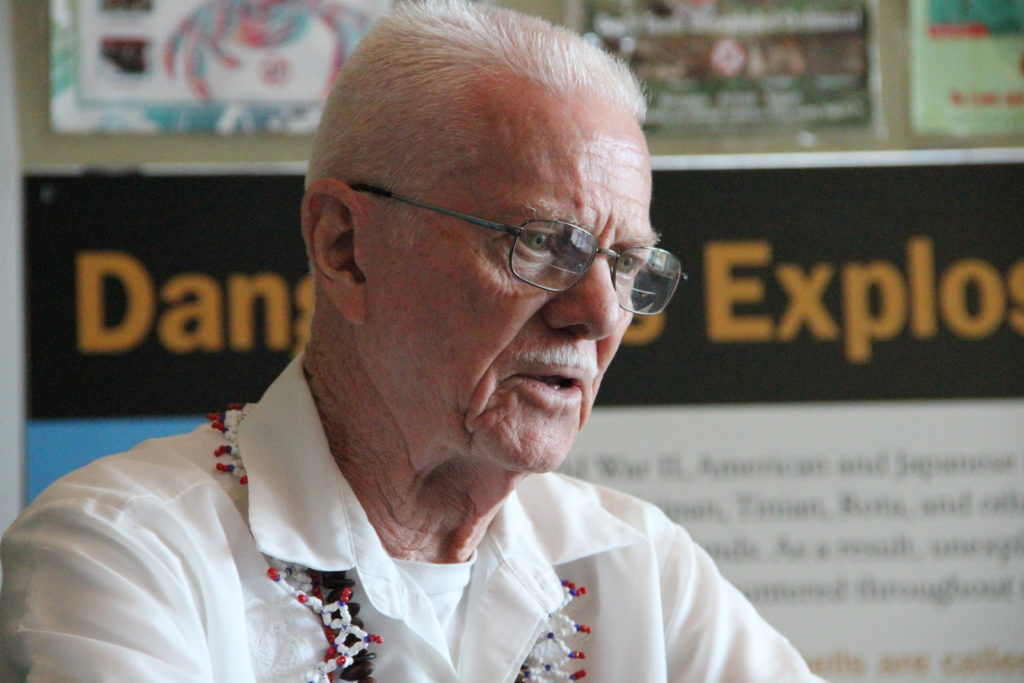
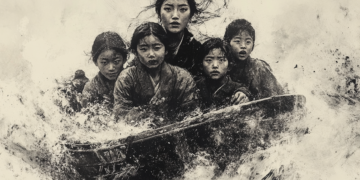
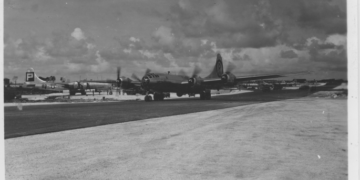
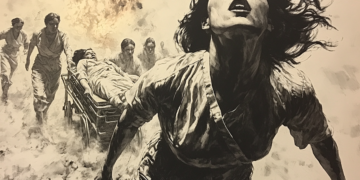
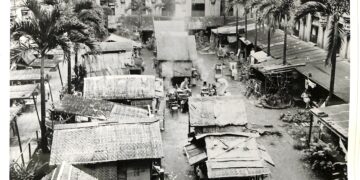
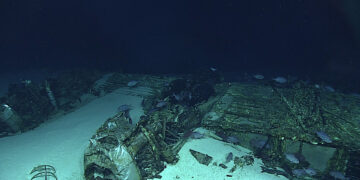
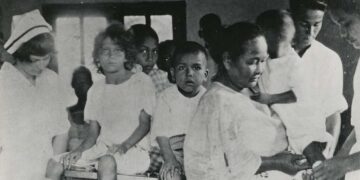



Discussion about this post